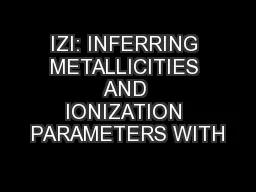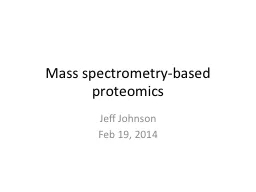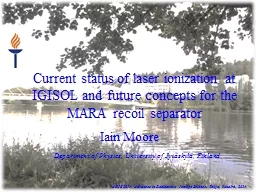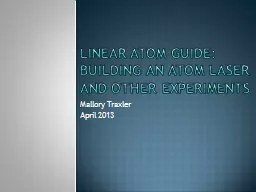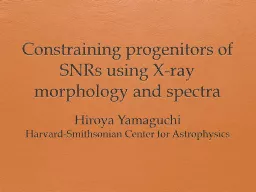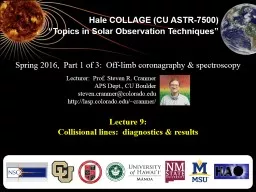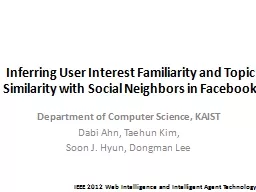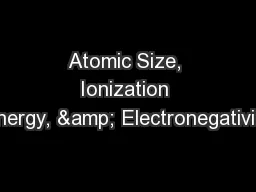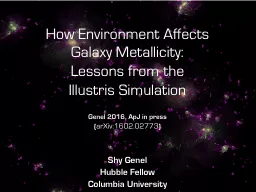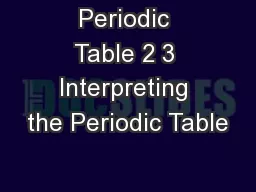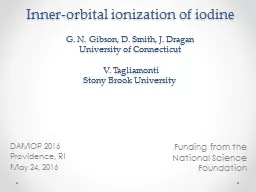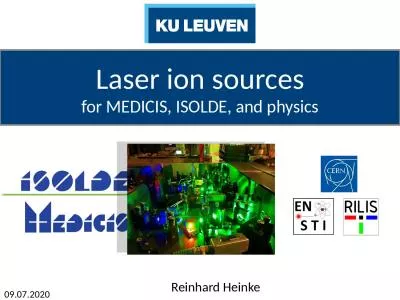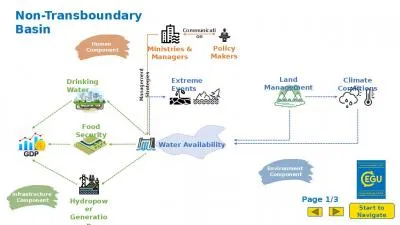PPT-IZI: INFERRING METALLICITIES AND IONIZATION PARAMETERS WITH
Author : natalia-silvester | Published Date : 2016-09-06
Guillermo A Blanc Universidad de Chile OUTLINE MEASURING ABUNDANCES IN IONIZED GAS SEL METHOD SYSTEMATICS AND CHALLENGES IZI THE BAYESIAN APPROACH THE ABUNDANCE
Presentation Embed Code
Download Presentation
Download Presentation The PPT/PDF document "IZI: INFERRING METALLICITIES AND IONIZAT..." is the property of its rightful owner. Permission is granted to download and print the materials on this website for personal, non-commercial use only, and to display it on your personal computer provided you do not modify the materials and that you retain all copyright notices contained in the materials. By downloading content from our website, you accept the terms of this agreement.
IZI: INFERRING METALLICITIES AND IONIZATION PARAMETERS WITH: Transcript
Download Rules Of Document
"IZI: INFERRING METALLICITIES AND IONIZATION PARAMETERS WITH"The content belongs to its owner. You may download and print it for personal use, without modification, and keep all copyright notices. By downloading, you agree to these terms.
Related Documents

